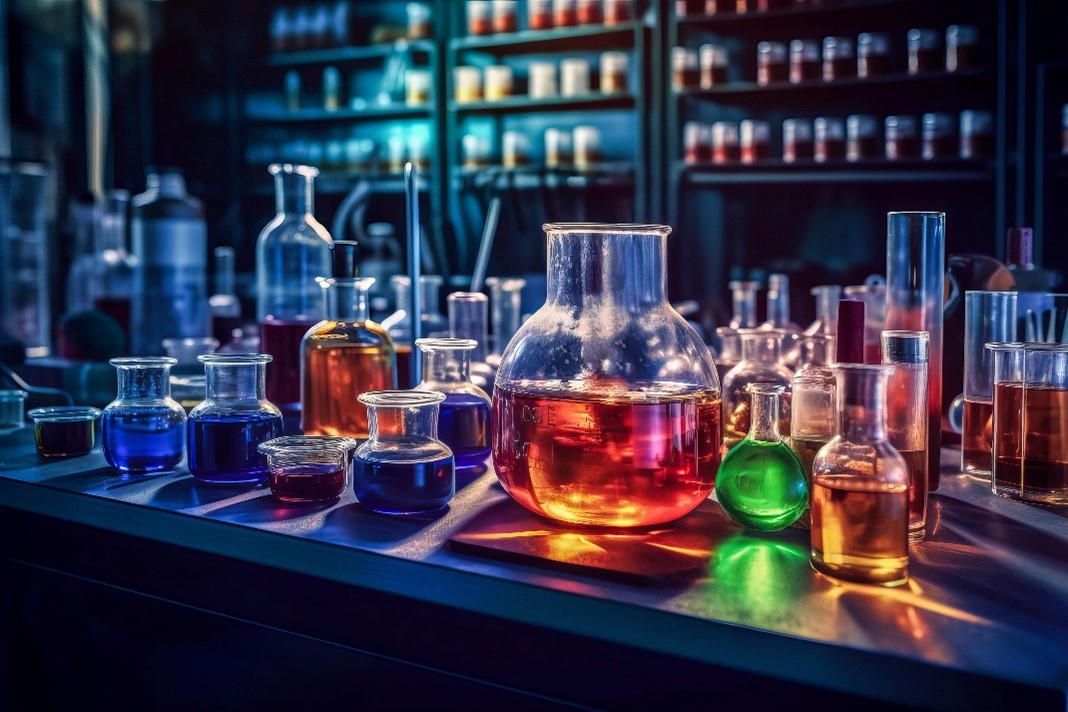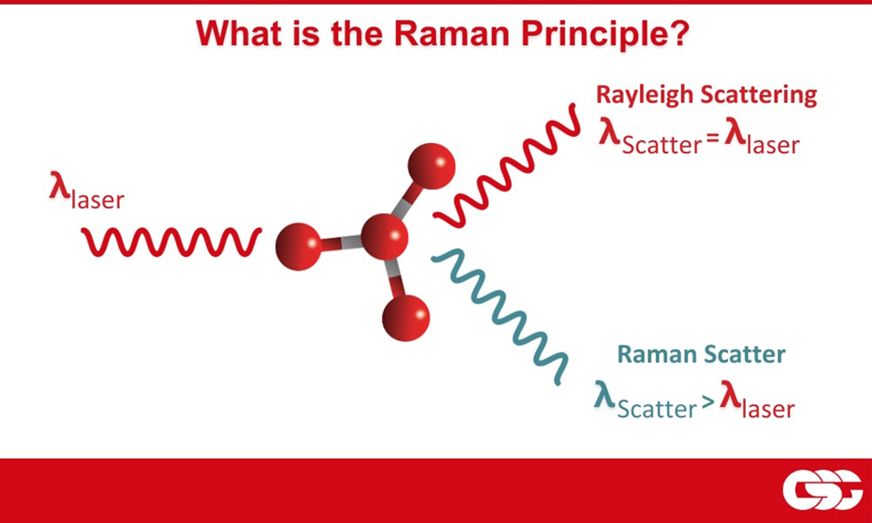Disposing of unknown chemicals – Pioneering new techniques
12 April 2024 by CSG

Disposing of unknown chemicals can pose a significant challenge to many UK businesses due to a lack of available disposal options. Unknown or unlabeled chemicals can also be a health and safety risk to employees who may not know if there are any specific handling requirements to maintain safety.
If you or your business produces hazardous waste, you have a chance of ending up with containers without proper labels. This can be for several reasons including:
- Accidental oversight
- Illegible markings
- Old labels falling off over time
Whilst some liquids can be dip-tested to identify hazards, solids have until now presented a troublesome challenge.
This is why CSG is pleased to announce our acquisition of a device able to identify unknown chemicals in the field. CSG will now be utilising a handheld Raman analyser. This will allow true through-barrier identification of hazardous materials at customers’ sites.
This non-destructive technique avoids the need to open many types of containers to identify the contents (some exceptions still exist). This device will provide the UK with a much-needed waste management service to rapidly identify unknown liquids and solids through sealed, clear & coloured glass and opaque plastic containers.
What is a Raman spectrometer?
is a non-destructive technique that provides detailed information about chemicals. This information includes:
- Chemical structure
- Phase and polymorphy
- Crystallinity
- Molecular interactions of a material
Raman spectroscopy is a light scattering technique, where a molecule scatters light from a high-intensity laser light source. Most of the scattered light has a wavelength the same as the laser and contains no useful information. However, around 0.0000001% will have a different wavelength (or colour) which depends on the molecule’s chemical structure.

The output will feature a number of peaks showing the intensity and wavelength position of the Raman scattered light. Each peak will correspond to a specific molecular bond vibration or groups of bonds (such as in benzene ring breathing mode).
This means that the Raman spectrum gives a distinct chemical fingerprint. We can then use the analysed Raman scatter to estimate the chemical present by comparing it to a library of known chemicals. We receive the match as a percentage and aim for a 90 to 95% match when identifying unknown chemicals. Whilst 100% would be ideal, this is rarely achieved due to a number of factors including experimental and sample variability, resolution, signal-to-noise ratio and database limitations.
Want to know more about the Raman Spectroscopy process? Well, here’s an informative video from Mettler Toledo for you to watch below:
Due to the way the spectroscope works, we are unable to identify any chemicals that are in a metal or some fully opaque containers. In most cases, only plastic and glass containers can be analysed.
Benefits of our new service
CSG is the first waste management company in the UK to start using this device in the field. This brings a new and valuable service to our waste disposal portfolio. In a single run, our device can read the container and offset the laser to get the best possible analysis of the chemical inside. By preventing the need to change sensors, we can be more efficient at analysing large quantities of samples whilst also improving the accuracy of the results.
The device has proven its reliability through successful use in various industries. These include hazmat response, law enforcement, and parcel screening at border control. As such, it allows us to identify many different types of chemicals, so you know exactly what you have. CSG will then be able to arrange safe and compliant transportation & disposal of the chemical, either in-house or using one of our specialised sub-contractors.
The CSG team put the device to the test during a chemical waste clear-out job at our local university campus. They had 244 small containers of unknown chemicals that they couldn’t identify. We completed the job in only three days, correctly identifying the unknown substances for disposal with 95% accuracy.
The service to identify unknown chemicals will come as an additional requirement when arranging a waste collection. For lab waste, we aim to remove identified chemicals on the same day as the analysis. Larger containers, substantial amounts of chemicals and certain hazardous waste may need extra removal time. This will depend on the specific circumstances of your waste.
How to Prevent Unknown Chemicals
While we now provide a solution to identify and dispose of unknown chemicals, this service costs extra compared to when the chemical composition is already known. For this reason and due to safety considerations, we highly recommend you do everything you can to prevent having any unknown chemicals on your site. You can do this by following our best practices for storing hazardous wastes:
- Label all chemical containers (including beakers & test tubes).
- Replace damaged labels or labels that are beginning to fall off immediately.
- Label containers with the chemical name, structure or formula – not just abbreviations.
- Arrange frequent lab chemical collections to prevent the build-up of chemicals for disposal. This build-up increases the likelihood of unknowns arising.
- Archived research samples (often stored in small vials in boxes) should be labelled on the outside of the box with the chemical constituents.
Contact CSG for pricing
Do you have unknown chemicals on your site that you need to dispose of? The CSG team will be happy to help you dispose of them! You can make an enquiry online here or call 0800 011 6600 today.
To find out more information on our other lab small collection services, please click here.
